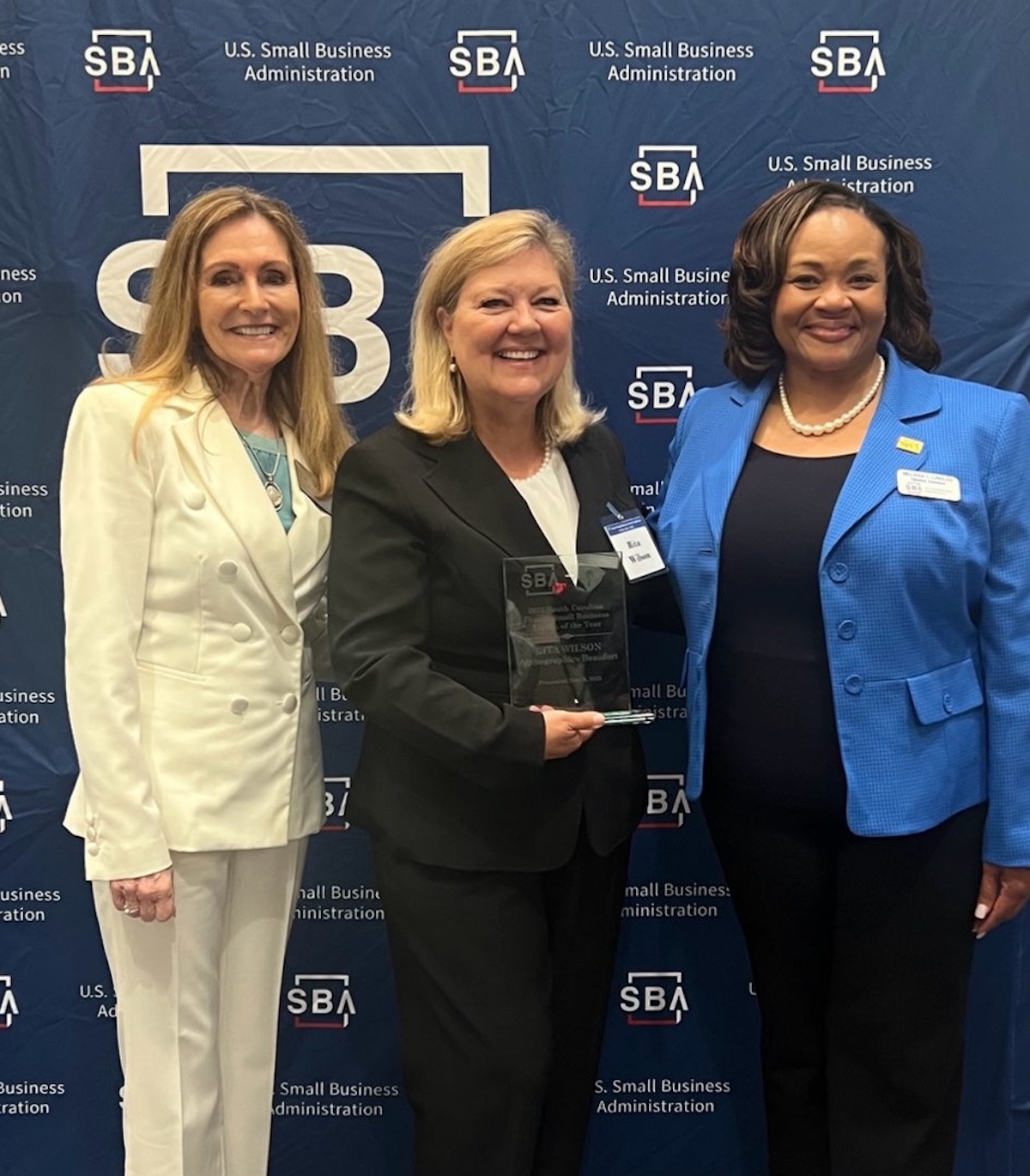You want to retire comfortably when the time comes. But you also want to help your child pay for college. With the cost of college tuition increasing and no guarantee that Social Security will be around at the time you retire, the amount of money you need to save may seem overwhelming. How do you balance both of those goals?
By starting to plan now, you can strike a strategic balance between saving for retirement and saving for college, says Will Larson, Retirement Planning Strategist for Wells Fargo Advisors.
“A good way to help achieve both goals is to sit down with your financial advisor as soon as possible and create an investment plan,” he says. Your financial advisor will talk to you about your goals, estimate how much money you need, and then put together a plan to get you on your way toward saving for both retirement and your child’s college education.
These strategies can be a good place to start.
Pay yourself first. Your top priority should be saving for retirement, Larson says. He recommends putting aside around 15 percent of your income every year. Don’t make the mistake of thinking you can tap into your retirement plan to pay tuition — taxes and penalties mean you’ll take a big hit.
Invest your money in tax-advantaged accounts. Your money will work harder for you if you take advantage of tax-friendly accounts like 529 savings plans. The key is starting as early as possible, says Kirk Pacatte, Planning and Life Events Specialist at Wells Fargo Advisors. “The earlier you get money in there, the better the potential for it to grow tax-deferred and compound,” he says. “That’s especially important when saving for education because you have a shorter window to save than you do for retirement.”
Take advantage of changes in income or expenses. If you get an unexpected inheritance, stash at least some of it in your savings. And if you get a 2 percent raise, consider putting half toward college savings and half toward retirement. If you no longer have to pay for daycare or preschool because your child goes to public elementary school, keep making those payments, but put them into your child’s college savings account instead, Larson suggests.
Set clear expectations with your child. Have a frank conversation with your high-school-aged children about the level of financial support you can provide for college, Pacatte suggests. Some parents commit to paying the equivalent of the cost of in-state tuition for four years at a state school. Others agree to pay for half of the bill and let their children know they are expected to cover the rest.
Look for ways to save on tuition. Even if you have significant savings for college, apply for scholarships and financial aid — you never know what you’ll get, Pacatte says. You can also encourage your children take Advanced Placement or college-level courses in high school. If they earn enough college credit, they could potentially graduate from college in three years. “Being able to lop off a full year of college funding makes a huge difference in cost,” Larson says.
An investor should consider, before investing, whether the investor’s or designated beneficiary’s home state offers any state tax or other state benefits, such as financial aid, scholarship funds, and protection from creditors that are only available for investments in such state’s 529 college savings plan.
This article was written by Wells Fargo Advisors and provided courtesy of Katie C. Phifer, Associate Vice President, Investments and CERTIFIED FINANCIAL PLANNER™ in Beaufort, SC at 843-982-1506. Any third party posts, reviews or comments associated with this article are not endorsed by Wells Fargo Advisors & do not necessarily represent the views of Katie Phifer or Wells Fargo Advisors and have not been reviewed by the Firm for completeness or accuracy.
Investments in securities and insurance products are: NOT FDIC-INSURED/NOT BANK-GUARANTEED/MAY LOSE VALUE
Wells Fargo Advisors is a trade name used by Wells Fargo Clearing Services, LLC, Member SIPC, a registered broker-dealer and non-bank affiliate of Wells Fargo & Company.
© 2018 Wells Fargo Clearing Services, LLC. All rights reserved.







